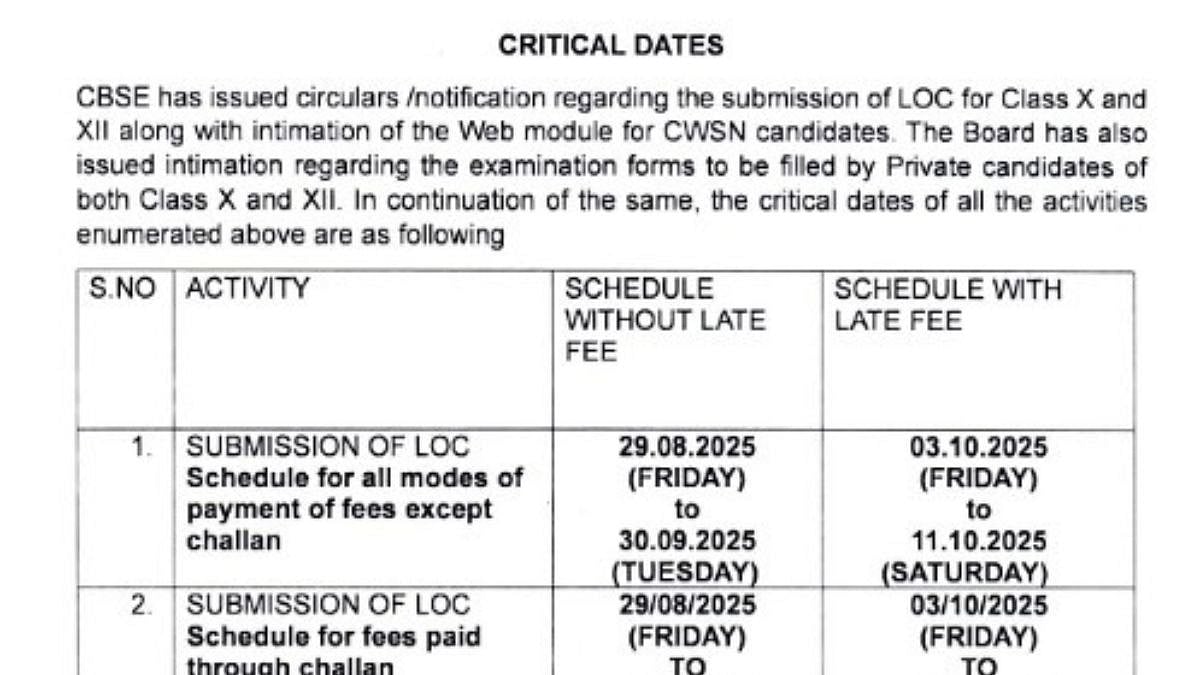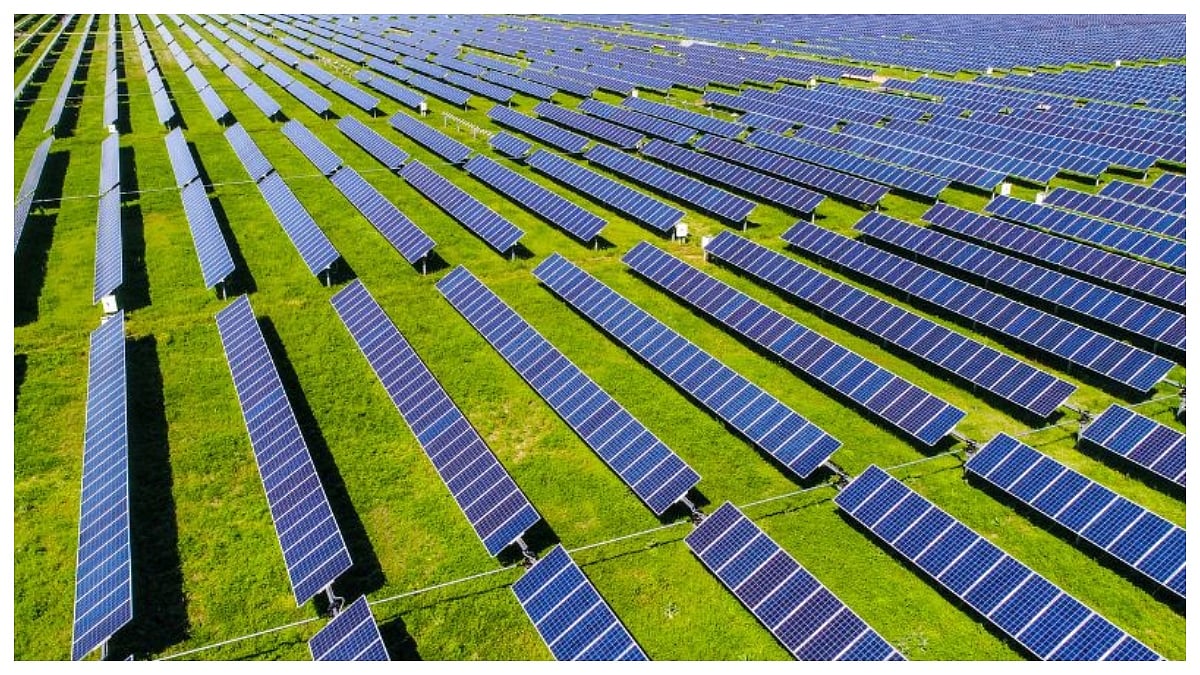Fitch Ratings on Thursday raised India's forecast for economic growth to 6.3 per cent from the earlier 6 per cent for the current financial year 2023-24.
Stronger outturn in the first quarter and near-term momentum is one of the major reasons for this increase in forecast.
The growth forecast compares with 7.2 per cent GDP expansion in FY23. In the previous fiscal year (FY22), the economy had grown 9.1 per cent.
The rating agency said, "India's economy has been showing broad-based strength - with GDP up by 6.1 per cent year-on-year in 1Q23 (January-March) and auto sales, PMI surveys and credit growth remaining robust in recent months - and we have raised our forecast for the fiscal year ending in March 2024 (FY23-24) by 0.3 percentage points to 6.3 per cent."
Fitch lowered forecast to 6% in March
Fitch had in March lowered its forecast for 2023-24 to 6 per cent from 6.2 per cent citing headwinds from elevated inflation and interest rates along with subdued global demand.

For 2024-25 and 2025-26 fiscal years, it estimated a growth of 6.5 per cent each.
Inflation has moderated since and the domestic economy has picked up.
Stating that GDP growth in January-March was higher than expected, Fitch said there has been a recovery in manufacturing after two consecutive quarterly contractions, a boost from construction and an increase in farm output.
In expenditure terms, GDP growth was driven by domestic demand and a boost from net trade.
Recent high-frequency data point to sustained near-term momentum as highlighted by rising PMI indices, higher car sales and increased power consumption.
The economy also continues to benefit from high bank credit growth and infrastructure spending (with more to come from the latter).
"The stronger outturn in 1Q23 and near-term momentum have prompted us to upgrade our FY23-24 growth forecast to 6.3 per cent...one of highest growth rates in the world," it said adding India's economy will be affected to an extent by slowing global trade.
The rating agency said the full impact of the 250 basis points increase in interest rates by RBI (since May 2022) is still to be felt.
"Consumers have also experienced a drop in purchasing power as inflation increased sharply in 2022 and household balance sheets have also been weakened through the pandemic.
"At the same time, the government's push on increased capital expenditure, moderation in commodity prices and robust credit growth are expected to support investment. Slowing inflation should also start to help consumers over time and households have now turned more optimistic about future earnings and employment," it said.
Inflation
The Reserve Bank of India (RBI) has kept policy rates at 6.5 per cent since the start of the year, while headline inflation eased from a peak of 7.8 per cent to 4.3 per cent in May, a figure that is already within the RBI's tolerance band of 2-6 per cent.
WPI in May falls to lowest in seven years
Wholesale price index based inflation (WPI) has also fallen to its lowest in more than seven years to (-) 3.48 per cent in May.
Nevertheless, while inflation has eased there are near-term upward risks in 2H23, given the monsoon outlook and the potential impact of El Niño, Fitch said.
"With growth expected to moderate further, and inflationary pressures easing, we expect the RBI to pause its rate cycle for the time being before cutting early next year - a change from our previous call of one more 25 bps increase to 6.75 per cent," it added.
With inputs from Agencies











